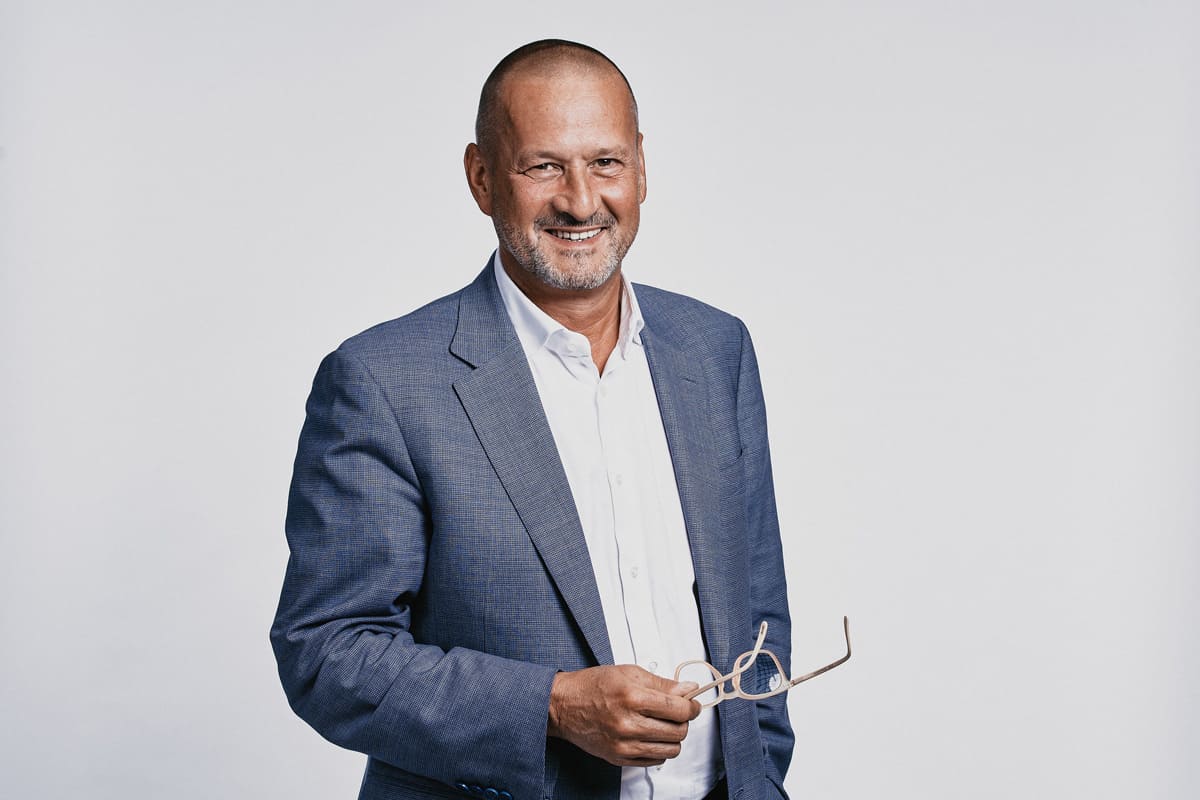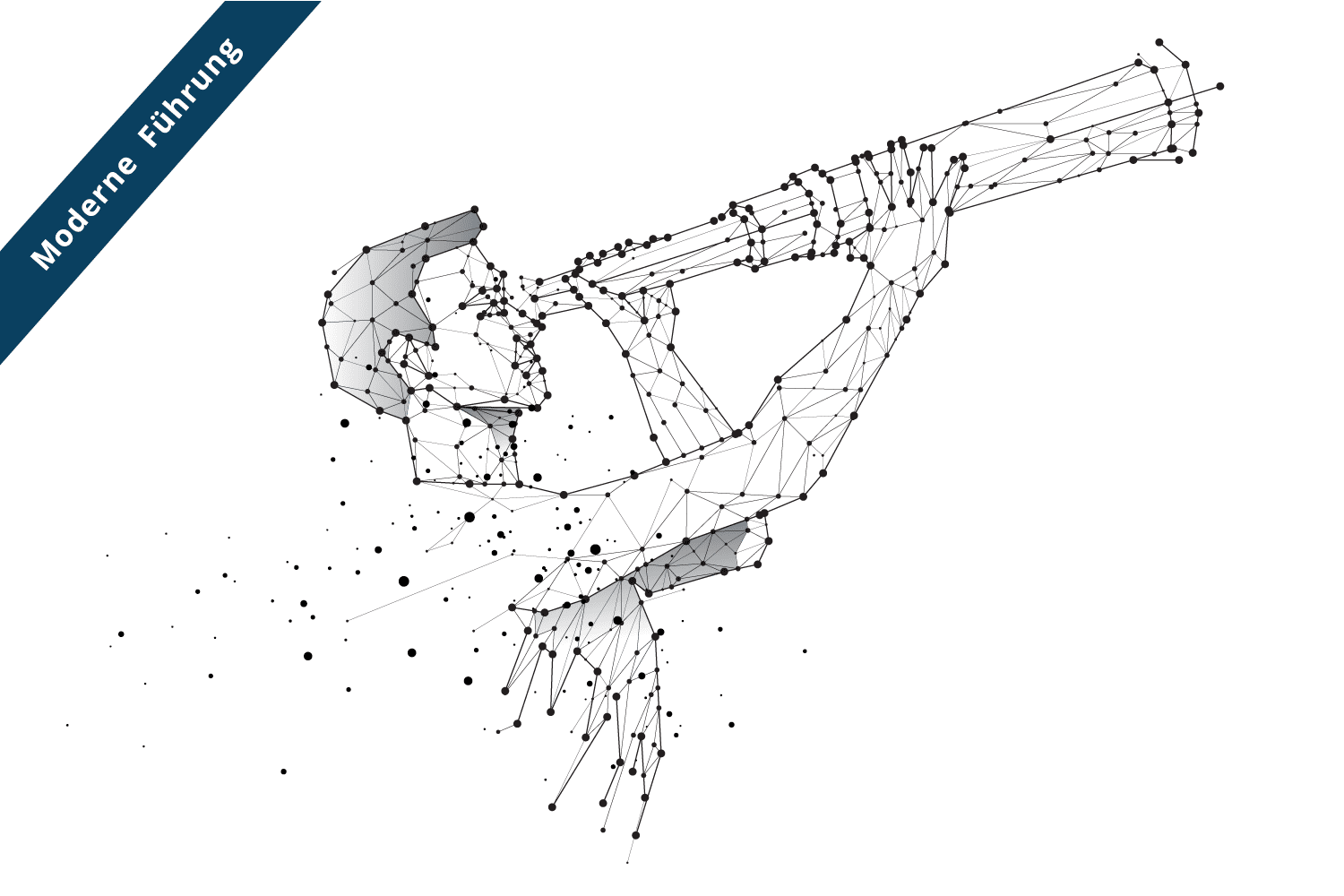Teamwork
It happens in the best families! - Disputes in teams are part of the culture of conflict.
By Annika Schmidt and Sabine Walter
Who wouldn't want that: a well-functioning team in which the individual members mesh like cogs, complement and support each other perfectly and act like a smooth whole. Accordingly, a lot of time and thought is put into the composition of teams, and new team members are carefully checked for their team skills and "personal fit". Friction is to be avoided as much as possible, because this could be an indication that the cooperation is not running "like clockwork" and that the employees do not yet form a real unit. What is fundamentally overlooked is this: Friction is not caused by distance, but by closeness.
Proximity leads to friction
Just like a family, every team forms its own (small) system whose elements always move in the field of tension between collective belonging and individual uniqueness. When a team is newly assembled, the members usually first strive to find common ground in order to establish a basis of trust even more quickly. A common goal or mission statement is formulated.
If the "where to" is clear and is supported by all team members, they are also willing, at least in most cases, to subordinate their personal goals to the team goal. However, if the team goal restricts the individual development of the team members too much, good teams start to openly "argue" with each other. Distance and closeness are "renegotiated".
As is now known from systemic approaches, there are dynamics in every system between the system level and the level of the system elements. Thus, in a team there are always mutually dependent efforts between subordinating and subordinating or cooperating and competing.
However, this also means that these Disputes not only occur at the beginning of a team-building process, but as long as Part of the togetherness arehow the system, i.e. the team, exists. It is essential that disputes are not seen as disturbances, that individuals are not seen as troublemakers. The alternation between "calm and storm" is, as in every family, part of the dynamics. If these changes are accepted with appreciation, friction can be very constructive.
Dispute culture - conflicts as a sign of trust
Constructive friction as a sign of trust
The following questions will help you to find out, how constructive the friction is and how to strike a good balance between valuing the individual and contributing to the team.
- How clearly and bindingly are roles, tasks and responsibilities regulated?
- How transparent are decisions that are made?
- How well are decisions taken implemented?
- How openly can problems be discussed?
- How open is the exchange of experience?
- How strong is the trust between them?
- How good is the mutual support?
- How are successes celebrated?
- How much does each individual feel seen and valued?
- How strongly does each individual feel part of the team?
It is not always easy to maintain a balance between togetherness and conflict, closeness and distance in the hectic daily business. That is why it is all the more important that teams take time at regular intervals for their own togetherness and appreciation of individual differences.
With a particularly trained eye for proxemic contexts, tact and process trust, we know how to give space to disputes in team processes, make them visible in an appreciative way and use them constructively for trusting cooperation in the team.
How we understand team and organisational development with head & heart:



